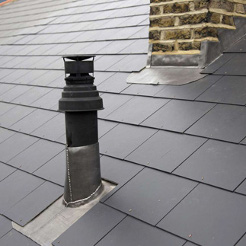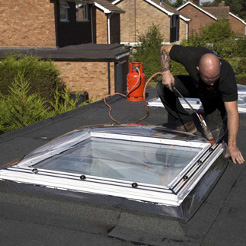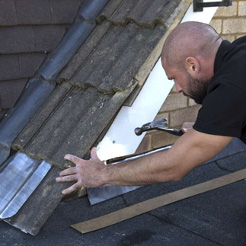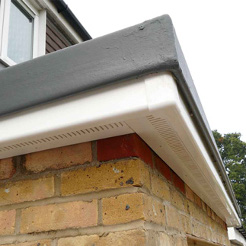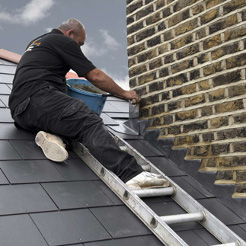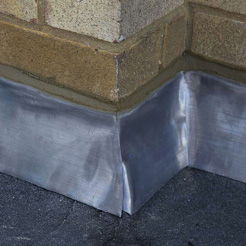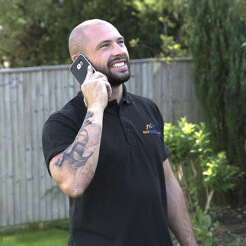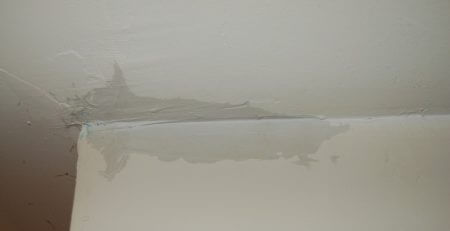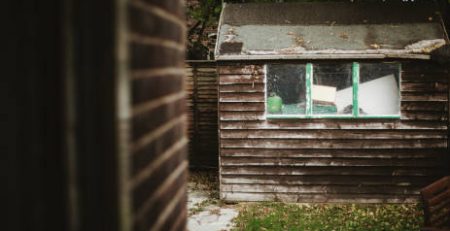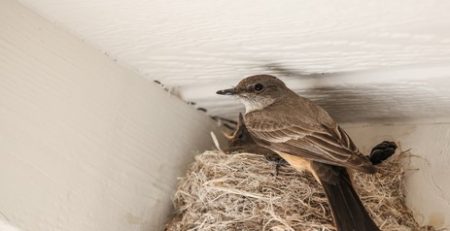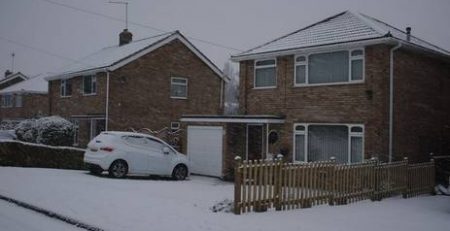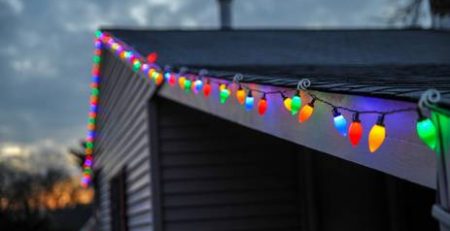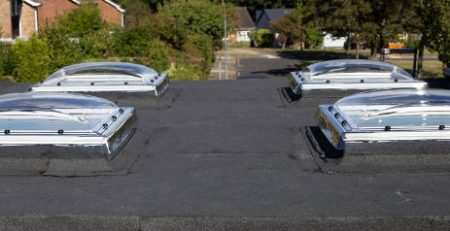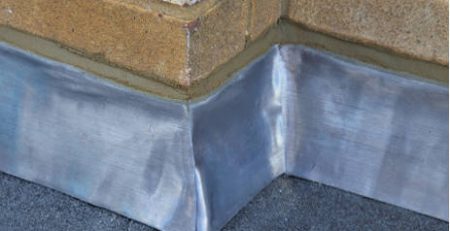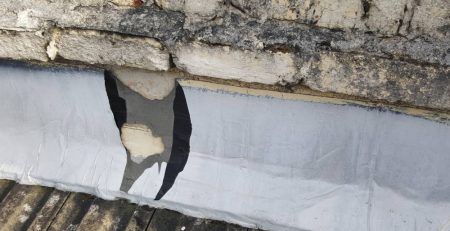Finding the source of a leak on a flat roof can be a frustrating job. Approach it methodically, though, and it need not be too difficult or frustrating. It’s always trickier to find the source of a leak on a flat roof than on a pitched one because water can flow in any direction on a surface that has no incline. As with any water leak, you want to find it early on before it turns into a much bigger one that can lead to more serious problems inside your property. We take a look at how to go about finding that leak this month.
Access
Firstly, please make sure access to the roof area is safe and you are not putting yourself at risk in any way. DO NOT TAKE RISKS, call a professional.
Are there signs of ponding?
Ponding is where water pools and is not draining from the roof as it should do. This is usually caused from a continuous leak that has not been dealt with straight away, therefore, the roof decking under the coverings start to fail. If you spot any concentric circles or dirt, take a closer look to see if there are any holes or cracks there. As those little puddles dry out, water may be slipping through a gap or crack, forming a circle as it dries from the outside in.
Check the flashing
Perhaps the most common area for leaks to occur. The flashing is the material / section that keeps the roof watertight between the roof covering and abutments, such as a property wall, parapet wall or chimney stack. Inspect the flashing closely, looking for any cracks or gaps or for any loosened joints. Everything should be well sealed and airtight, with appropriate overlaps so water can run’s away as it should do.
Inspect any seams / laps
Where there are seams, there is the possibility of a crack, lift or gap over time. Take a close look, checking for any signs of cracks or evidence that sections have come unstuck from the surface of the roof. Be methodical in your checks so that you are not missing spots or going over the same area one more than once.
Use a hose
If there is nothing obvious that comes up during your inspection, it may be time to get the hose out. Beware though: this can be a long process! Split your roof up into smaller sections and run water over one section at a time. Don’t start on the next section until you are completely satisfied that the previous one is clear of cracks and gaps. Run your hose over the chosen area for 15 minutes – remember that it can take around 10 minutes for water to find its way into your home from the roof, so you need to give it sufficient time. You may spot more water moving towards a particular spot, and this is likely to be where your leak is coming from. Mark it up and wait until it dries for repairs to start.
General condition
If you visually check your flat roof, and the condition of the coverings are extremely worn due to the age of the roof, then call an expert for a second opinion. If you think the flat roof coverings look replacing, then that normally means you are right but it is always best to get a second opinion (and even a third), so you can make sure that you have all the possible options. Roof Rescue will always provide you with free advice and estimates for any necessary work, supported by photographic evidence.
For help identifying the source of a flat roof leak or for repairs and maintenance, talk to our team of experts at Roof Rescue. Simply give us a call on 020 3189 1618 for an informal chat or to book an appointment and we’ll be over to help you out.

